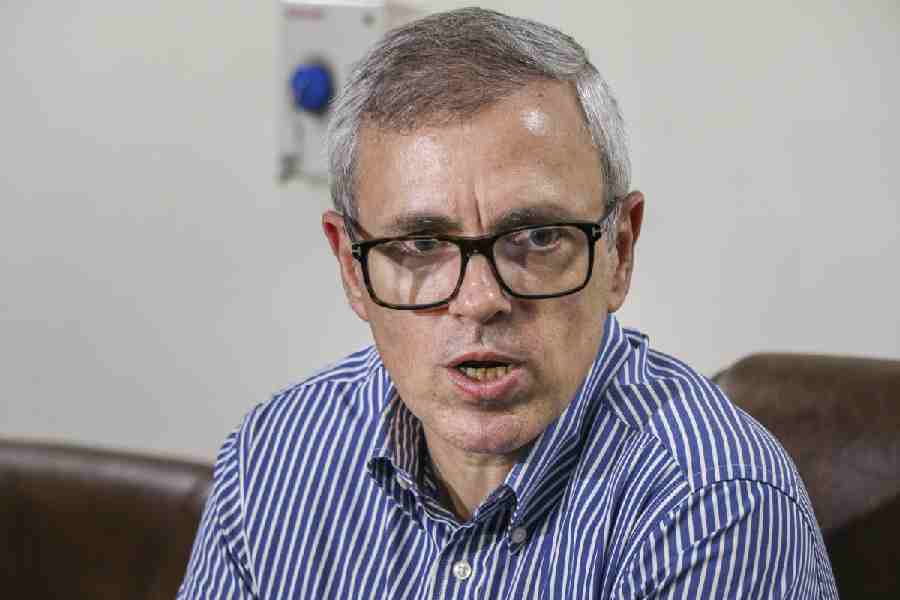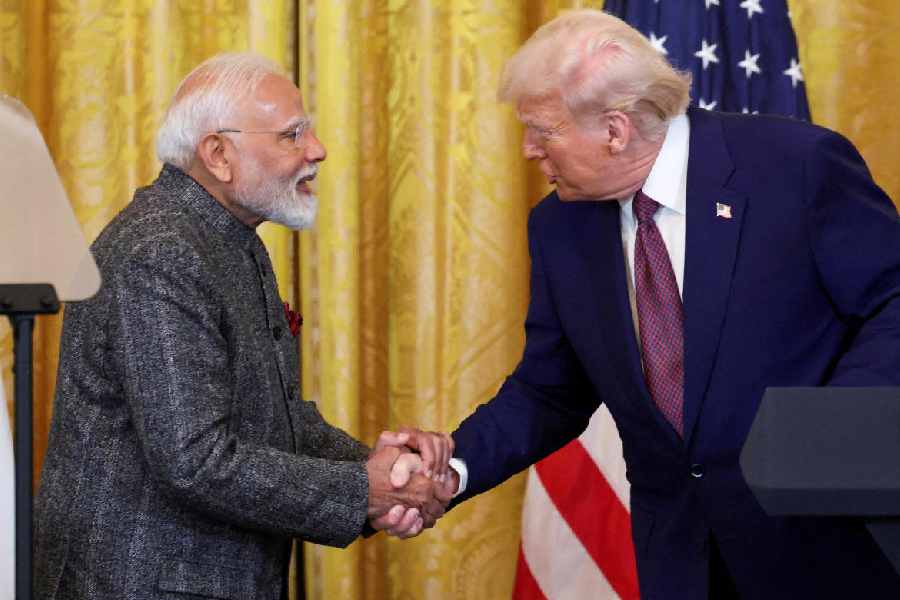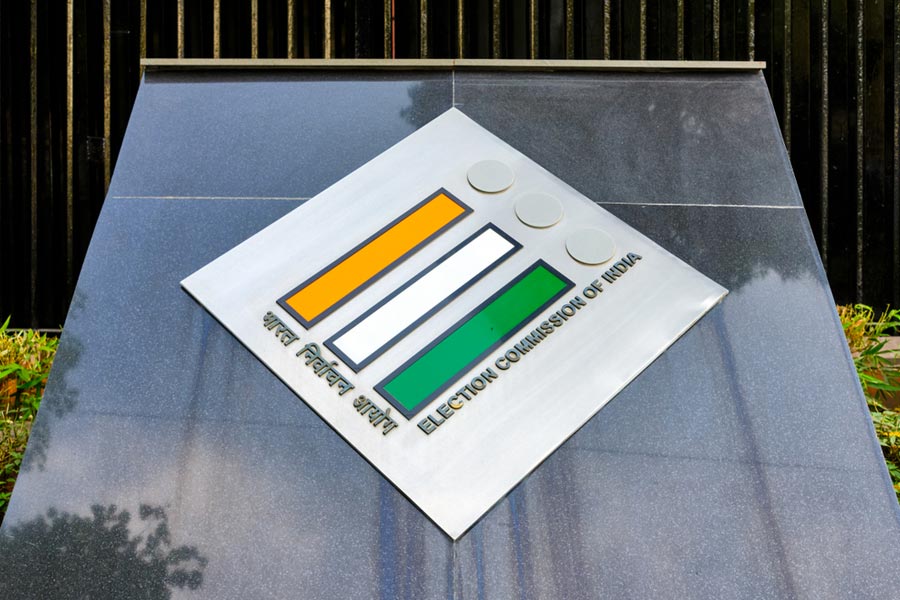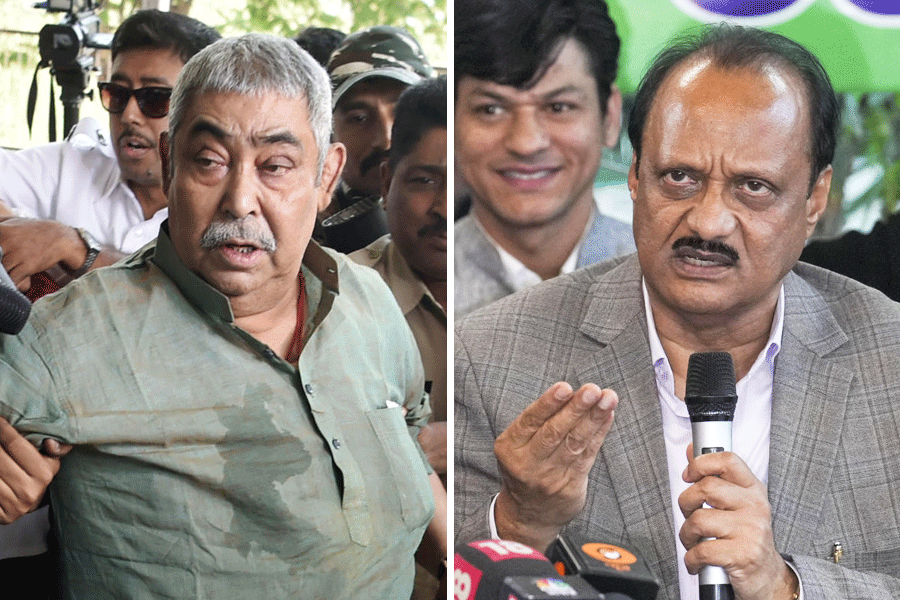 |
| A captive pygmy hog at the Pygmy Hog Conservation Programme in Basistha. Picture credit: PHCP |
Guwahati, Sept. 19: The elusive pygmy hog (Porcula salvania), the rarest and smallest wild pig in the world, will now be visible to all.
The species will be an important addition to the Assam state zoo as it is critically endangered with a decreasing population. The species is expected to be a great crowd puller, more so after the death of the only giraffe in the zoo and a rhino this week. This will be the 133rd species which will be added to the zoo.
“The enclosure is ready and we should be able to open it to the public by next month. As of now, common people cannot see the species. An agreement will be signed between the Pygmy Hog Conservation Programme (PHCP) and the Assam state zoo before that,” divisional forest officer Assam state zoo Chandan Bora told The Telegraph.
The hogs will be brought from the breeding centre at Basistha maintained by the PHCP. It is a broad-based research and conservation programme for the species.
“This will be the only zoo in the world which will have the facility to house the pygmy hogs. This is a historic occasion,” Goutam Narayan, director of the Pygmy Hog Conservation Programme, said.
The pygmy hog is about 60cm long, with a shoulder height of about 25cm and a body weight of 6 to 8kg.
 |
| The enclosure for pygmy hogs at the Assam state zoo. Picture by Assam state zoo |
Bora said the enrichment of the 320 square metre enclosure has been done according to the guidelines of the PHCP. “Our staff will be trained in animal husbandry practices at the PHCP for proper care of the species and there will be people from PHCP at least for a month stationed here for proper monitoring,” he said. “All care will be taken for its proper upkeep at the zoo as this is a rare species,” Bora said. Sources said the Assam state zoo had agreed to establish a display enclosure based on the recommendation of the Pygmy Hog Conservation Programme and the latter had agreed to provide two pairs. Sources said initially one pair of pygmy hogs will be given to the state zoo.
The PHCP has two breeding centres, at Basistha in Guwahati and Potasali near Nameri. There are 39 individuals in captivity at Basistha and 26 at Potasali. In 1996, six (two male, four female) wild hogs were caught from Manas National Park and transferred to a custom-built research and breeding centre built at Basistha. The rapidly increasing captive population necessitated transfer of some of these pygmy hogs back to the wild. They were released at two places, Sonai Rupai wildlife sanctuary and Orang National Park. The population at Orang is now 50 while Sonai Rupai wildlife sanctuary has 35.
There were pygmy hogs in the Assam state zoo way back in 1974 and the last one died in 1991. “At that time there was no conservation programme and hence more importance is being given now. Common people, too, want to see it up close,” Bora said.










